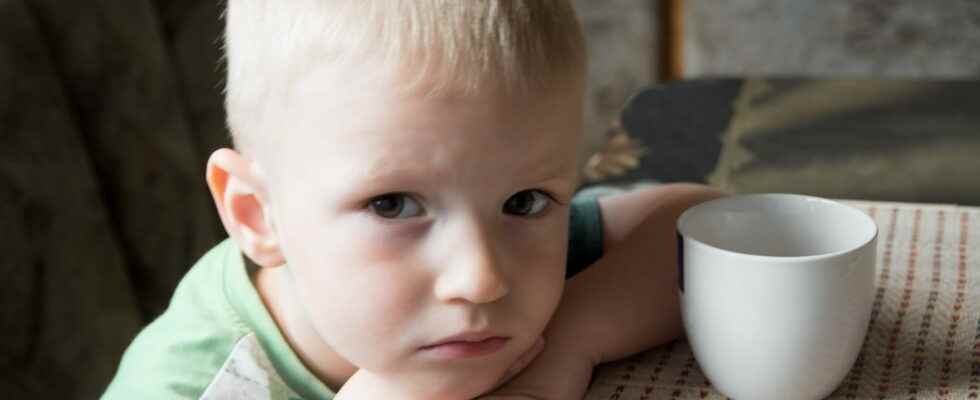According to the Ipsos/Secours populaire barometer, which publishes poverty figures every September, the 2022 edition reveals that children fully know what the concept of poverty is, identify school friends who suffer from it, and even fear see their family and themselves sink into it.
[Mise à jour du 8 septembre 2022 à 13h09] Every year In June, Ipsos produces the poverty and precariousness barometer for Secours Populaire, the results of which are published in September. Also interviewed via an online questionnaire, 500 children between the ages of 8 and 14 gave their perception of poverty, about which they are proving this year to be more clear-sighted than ever. 66% of them consider that there are poor students in their school, and 44% affirm that there is “a little or “a lot” of poverty in their immediate surroundings, reports The world.
Poverty, more and more visible at school
In fact, according to Henriette Steinberg, the general secretary of the Secours populaire, “we note a 24% increase in ten years in the proportion of children who think that there are poor people in their family” she comments. And the children turn out to be more than lucid about the ways of categorizing a friend as being poor. 71% of them are aware of the financial difficulties that prevent some children from going on vacation, and 67% know that even the cinema, museum or amusement parks are completely inaccessible to those from the most precarious families. From then on, the children prove that they have perfectly associated the notions of leisure and pleasure with a luxury, at least a chance, rather than a common and generalized outing, while identifying the criteria that define someone as poor. .
Child poverty figures
The same survey published in 2019 revealed that 62% of children were afraid of becoming poor. A fear justified three years later by the increase in the number of children who recognize that they themselves are poor. At the time, they were 97% to declare that they had no problem going to the dentist, the doctor or to have glasses, against 93% today. Same, they were 97% to affirm “eat in sufficient quantities and in a varied way”, compared to 91% now. Figures that echo those published by UNICEF, revealing that more and more children, in extremely precarious situations, live on the streets or in makeshift shelters, with the obvious consequences that this has on their education. .
An inclusive school for Pap NDiaye
The fight against poverty, particularly that which concerns the youngest, requires the overhaul of the school. It is in any case the point of view of the Minister of Education who initiated his project of “inclusive school” with for central core l‘equal opportunities.
A concept dear to Pap NDiaye, who as soon as he was appointed head of the ministry declared that he was working in this direction. The school must “guarantee the same chances of success” he said during his back-to-school press conference, allow each child to project themselves into a category other than their own, and to cross the bridges thus created between (social) classes.
